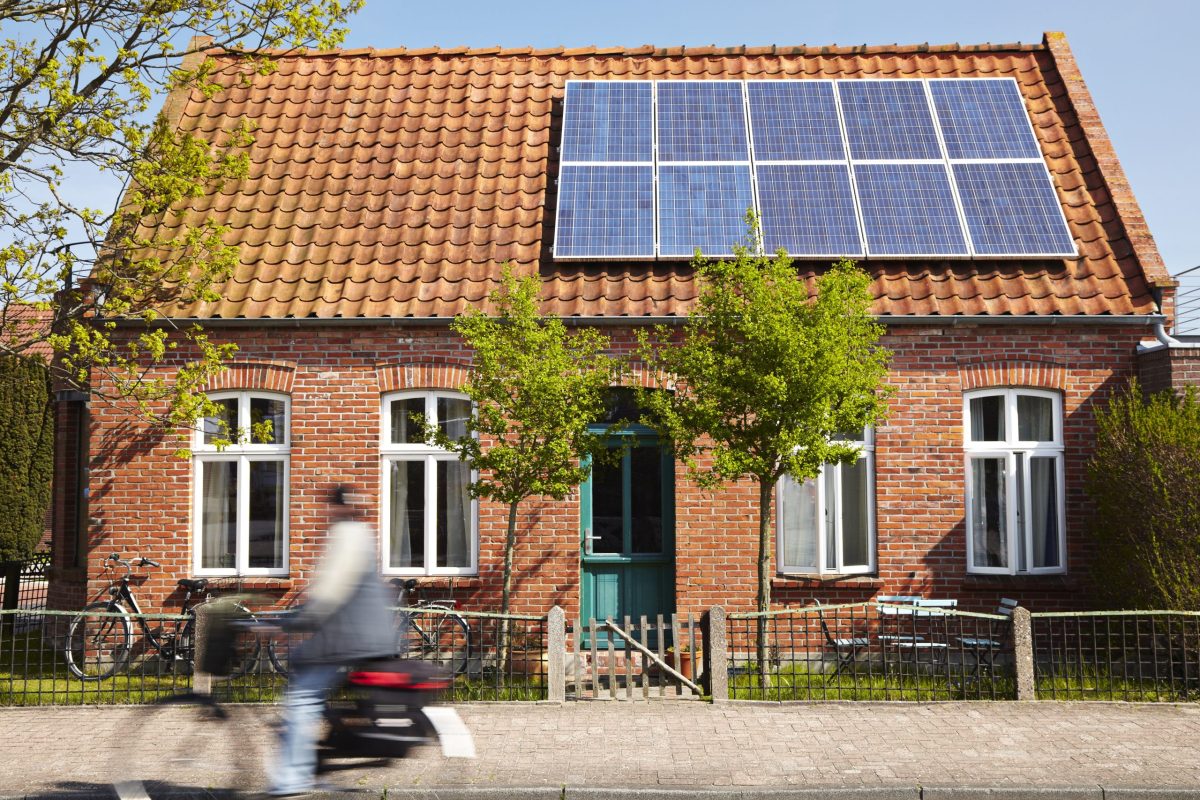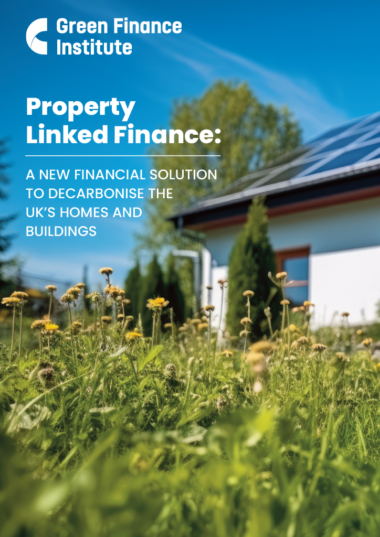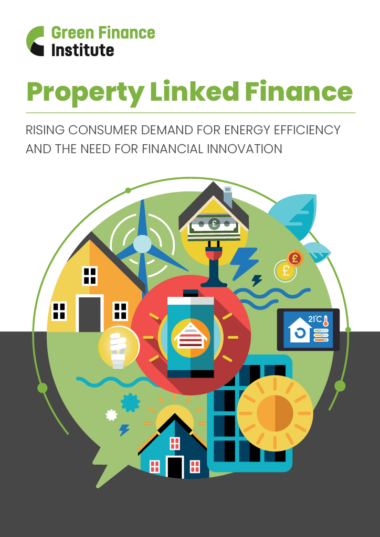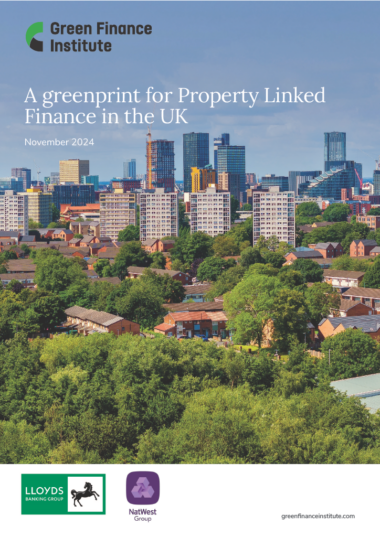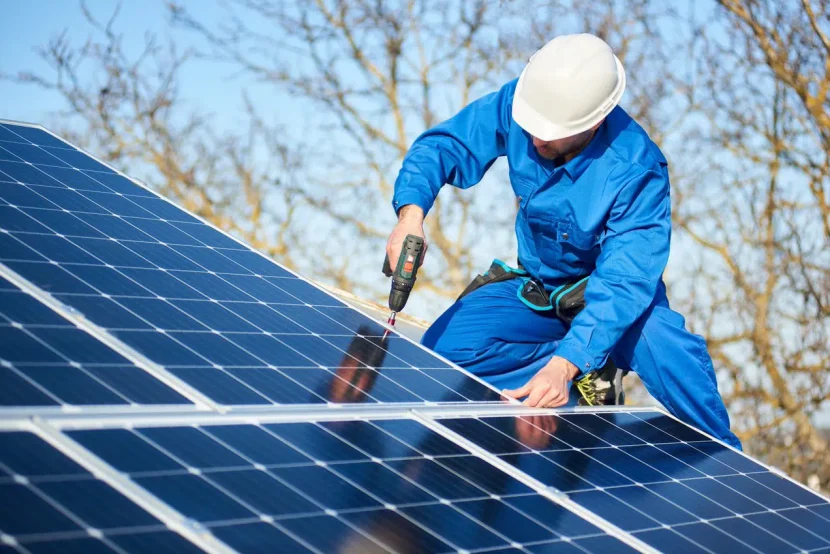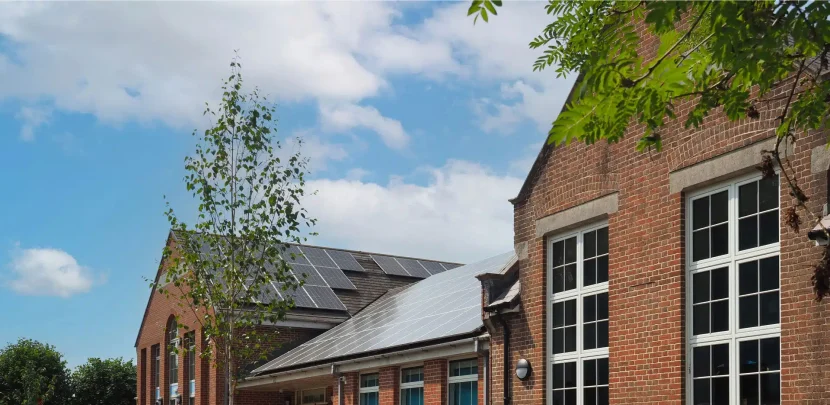Property Linked Finance (PLF)

An estimated investment of £360 billion is needed to decarbonise the UK’s commercial and residential buildings by 2050 – an investment that cannot be met by the public purse alone. Property Linked Finance (PLF) – an innovative financial solution for both residential and commercial properties that is not currently available in the UK – offers a vital new mechanism to crowd in private capital and to help achieve the necessary investment into installation of low carbon technologies, energy efficiency and climate resiliency projects in the UK, with the potential to scale globally.
Research from the GFI estimates that PLF has the potential to catalyse between £52 billion and £70 billion of private investment into decarbonisation of the residential market across England, Scotland and Wales – materially contributing towards the UK’s net-zero ambitions and helping improve the UK’s inefficient building stock which is responsible for 23% of the UK’s total greenhouse gas emissions.
PLF enables access to affordable and long-term funding for environmental improvements for buildings by linking the finance to the property, rather than the owner. This means the payment obligation can transfer to the new owner when it is sold. Property owners would only pay for energy efficiency measures up until they sell their property, or the measures have been paid off, while new buyers benefit from a more energy efficient, potentially more appealing property, in return for continuing to make regular payments towards the upgrades. The mechanism would work both for homeowners as well as owners of commercial properties.
The GFI is creating a roadmap for the enabling conditions needed to drive the success of a PLF initiative which could accelerate the decarbonisation of buildings at pace. This will involve working with pioneering market participants to develop a PLF commercial property pilot in the UK.
Award-winning innovation
The GFI was recognised as a PACESetter at the PACENation Awards 2023 for Advocacy and Policy Innovation, for our leading work on PLF.
